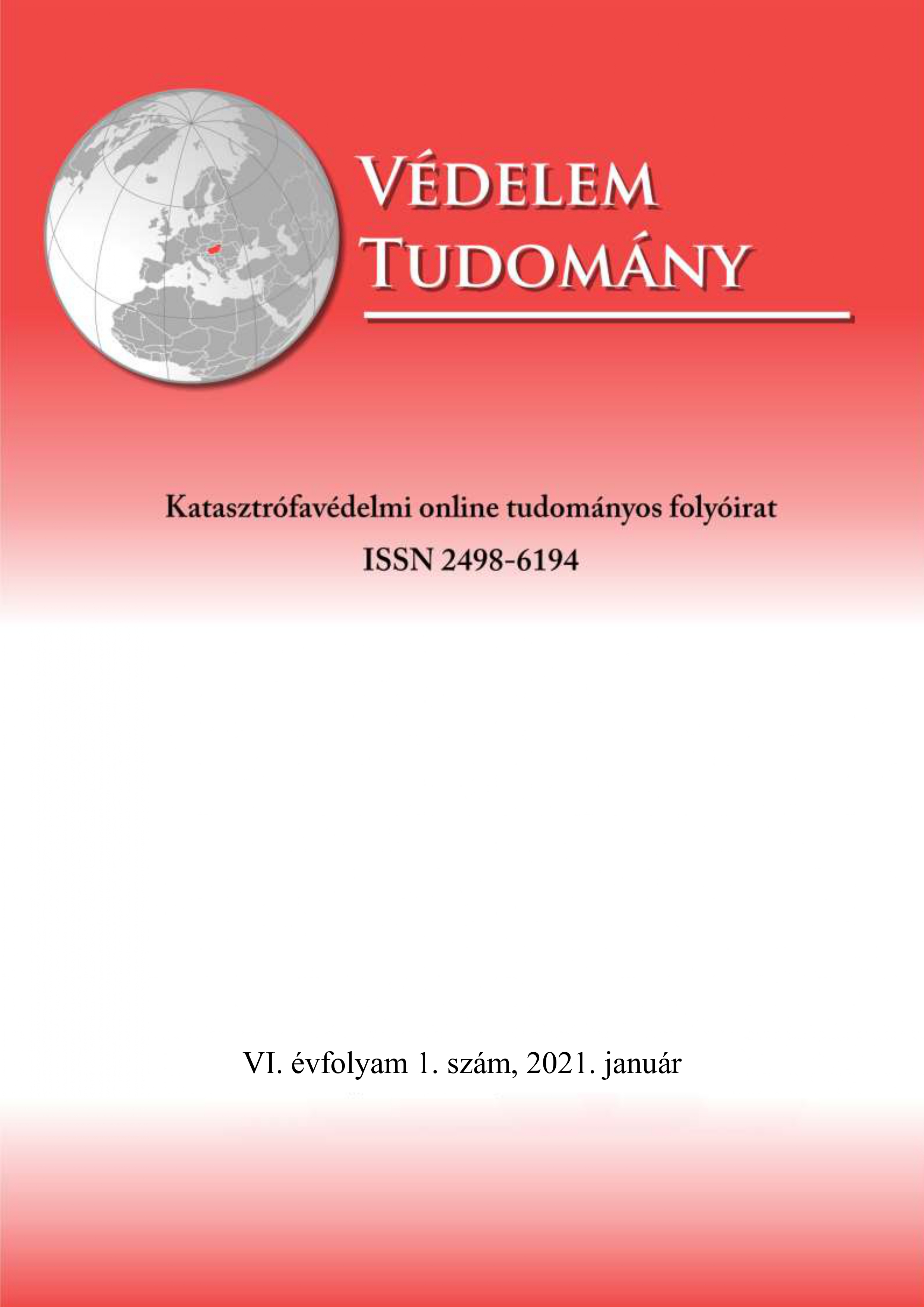The change of hydraulic rescue tool's performance depending on the temperature of the tested materials
Abstract
According to the hypothesis the rescue process can be accelerated by local cooling of the damaged steel elements. To investigate this, the author examined the behavior of steel profile materials cooled with carbon dioxide snow and liquefied nitrogen in a series of experiments. For these he used a hydraulic cutter, steel profiles of various sizes and materials, and a digital manometer combined with a flow meter. He recorded the pressures at which the cutter cut through room temperature and chilled steel. Based on the results he proposed new procedures that can bein case of some another experiments positive results are given in the industry and in vehicle extrication situations as well.
References
Széchenyi István Egyetem – Acélok szívóssága – előadás anyag
MSZ EN ISO 148-1:2017 Fémek. Charpy-féle ütővizsgálat. 1. rész: Vizsgálati módszer
MSZ EN ISO 6892-1:2016 Fémek. Szakítóvizsgálat. 1. rész: Vizsgálat szobahőmérsékleten
DUNAFERR LABOR Nonprofit Kft. Dunaújváros, Vasmű tér 1-3




